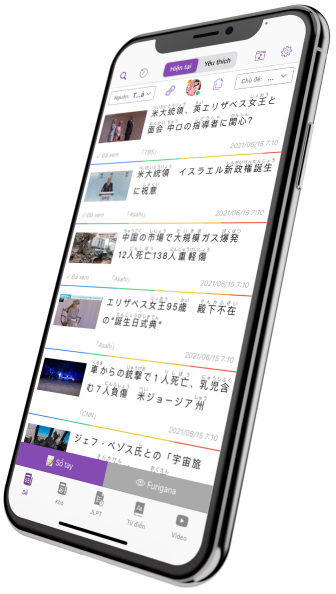
Japanese offers two methods of counting numbers: one relying on native Japanese readings, known as "wago," and the other utilizing sino-Japanese readings, referred to as "kango" (meaning they have been borrowed from Chinese). Today, TODAI Japnese will show you guys some important things to master Japanese numbers and counters.
Furthermore, to quantify different items, a diverse range of counters is used in combination with the numbers. For example, 冊 is used for counting books, 本 for long, cylindrical objects, and so on.
Upon initial observation, these counters may appear to be mere decorative elements, but they serve a vital purpose. The Japanese language tends to avoid redundancy and frequently omits subjects and objects when possible. Consequently, many of these counters play a crucial role in aiding comprehension by categorizing objects based on their specific features. For instance, if someone mentions they caught 3匹, even though the exact type of creatures caught remains unspecified, you would know it refers to three small to mid-sized animals because 匹 is a counter used for such creatures. In this manner, counters provide valuable contextual information about the subject of discussion.
In summary, the practice of counting numbers in Japanese encompasses two distinct approaches: one rooted in the native language and the other influenced by Chinese, showcasing the language's intricate linguistic nuances.
Here is a table with Japanese numbers 1 to 10 in both wago and kango:
|
Number |
Kanji Number |
WAGO |
KANGO |
|
1 |
一 |
ひとつ, (ひ) |
いち |
|
2 |
二 |
ふたつ, (ふ) |
に |
|
3 |
三 |
みっつ, (み) |
さん |
|
4 |
四 |
よっつ, (よ) |
し/よん |
|
5 |
五 |
いつつ, (い/いつ) |
ご |
|
6 |
六 |
むっつ, (む) |
ろく |
|
7 |
七 |
ななつ, (な) |
なな/しち |
|
8 |
八 |
やっつ, (や) |
はち |
|
9 |
九 |
ここのつ, (こ) |
きゅう |
|
10 |
十 |
とお |
じゅう |
To express numbers greater than ten in Japanese, Kango is typically used. For instance, to say "11," you break it down into 10 and 1, which are "じゅう" and "いち," and then combine them to get "じゅういち."
Similarly, for "99," you break it down into 90 and 9, which are "きゅうじゅう" and "きゅう," and then combine them to form "きゅうじゅうきゅう."
The number "100" is represented by the word "百," and after that, numbers up to 1000 are formed by combining the remembered numbers.
Counters in Japanese serve as indicators for the type of thing being counted, classifying it according to its features. There is a wide variety of counters, with some basic ones explained below:
1. 〜つ/〜個: COUNTERS FOR THINGS
〜つ and 〜個 are versatile counters that can be used for counting various items. However, 〜つ is effective only up to 10, as wago is not commonly used for numbers 11 and higher in modern Japanese, with few exceptions.
For example:
- ペンを二つ買う。 (I'll buy two pens.)
- ペンを十二個買う。 (I'll buy twelve pens.)
For more examples and information about 〜つ and 〜個, you can refer to their dedicated pages.
2. 〜人: COUNTERS FOR PEOPLE
The counter 〜人 has a peculiar rule where the first two numbers use the wago reading. So, "one person" is "ひとり," and "two people" is "ふたり," but the rest are a combination of kango reading with 〜人, like "three people," "four people," "five people," and so on.
For example:
- 女の人が二人いる。 (There are two women.)
- 男の人が三人いる。 (There are three men.)
3. 〜匹/頭: COUNTERS FOR ANIMALS
To count small or medium-sized animals, including fish, birds, or insects, use the counter 〜匹. For larger animals like lions or elephants, use 〜頭.
For example:
- ネコが二匹いる。 (There are two cats.)
- ゾウが三頭いる。 (There are three elephants.)
For more examples and information about these counters, you can refer to their dedicated pages.
👉 Follow TODAI Japanese to learn Japanese better, if you want to study Japanese but don’t know what you need to learn, you can try TODAI Japanese, and start learning Japanese by reading Japanese news is a good idea for beginners.










Login to comment